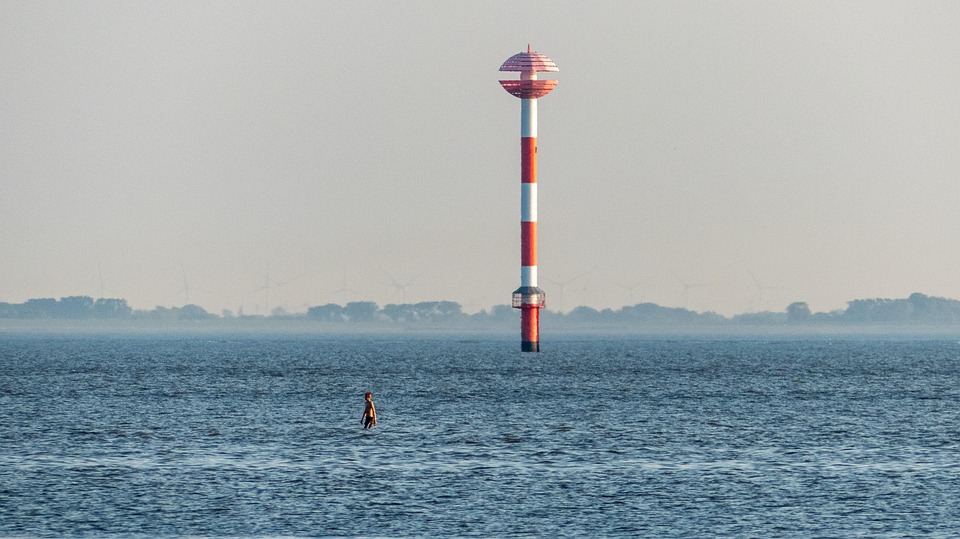Navigational Technologies: How GPS Revolutionized Sea Travel
Introduction
Navigating the vast expanses of the world’s oceans has always been a challenge for seafarers. For centuries, sailors relied on the stars, compasses, and maps to guide their way across the open waters. However, the invention of the Global Positioning System (GPS) has revolutionized sea travel, making navigation more accurate, efficient, and reliable than ever before.
The Evolution of Navigational Technologies
Before the advent of GPS, sailors relied on a combination of celestial navigation, compasses, and maps to determine their position on the open sea. While these methods were effective to some extent, they were also prone to errors and inaccuracies. For example, celestial navigation required clear skies and a skilled navigator to accurately plot the ship’s position using the stars.
The introduction of radio navigation systems, such as LORAN (Long Range Navigation), provided sailors with a more precise means of determining their location at sea. However, these systems were still limited in their accuracy and coverage, especially in remote areas far from land.
The Development of GPS
In the 1970s, the United States Department of Defense launched the development of the Global Positioning System (GPS) with the goal of providing a more accurate and reliable means of navigation for military and civilian users. The GPS system consists of a network of satellites orbiting the Earth, each of which transmits precise timing signals that can be used to calculate the receiver’s position.
By receiving signals from multiple satellites, a GPS receiver can triangulate its position with a high degree of accuracy, typically within a few meters. This level of precision revolutionized sea travel by enabling sailors to navigate with confidence, even in the most remote and challenging environments.
The Benefits of GPS for Sea Travel
The advent of GPS has brought numerous benefits to sea travel, including:
1. Accuracy: GPS provides sailors with real-time, accurate position information, allowing them to navigate with confidence and precision.
2. Reliability: GPS signals are available 24/7, regardless of weather conditions or time of day, ensuring that sailors always have access to accurate navigation data.
3. Efficiency: GPS allows sailors to plot more efficient routes, saving time, fuel, and resources.
4. Safety: GPS enhances safety at sea by helping sailors avoid hazards, navigate around obstacles, and respond quickly to emergencies.
5. Global Coverage: GPS is a global system that provides coverage in all parts of the world, making it an essential tool for long-distance voyages and international travel.
The Future of Navigational Technologies
While GPS has revolutionized sea travel, the field of navigational technologies continues to evolve rapidly. Emerging technologies such as augmented reality, autonomous navigation systems, and artificial intelligence are poised to further transform the way sailors navigate the open waters.
For example, augmented reality systems can overlay real-time navigation information onto a sailor’s field of view, providing a more intuitive and immersive navigational experience. Autonomous navigation systems, such as unmanned surface vessels, have the potential to revolutionize sea travel by reducing the need for human intervention and enabling remote, unmanned operations.
Artificial intelligence algorithms can analyze vast amounts of data to optimize routing, predict weather conditions, and improve navigation efficiency. These technologies have the potential to make sea travel safer, more efficient, and more sustainable in the years to come.
Conclusion
In conclusion, the invention and widespread adoption of GPS have revolutionized sea travel by providing sailors with accurate, reliable, and efficient navigation tools. The benefits of GPS, including increased accuracy, reliability, efficiency, safety, and global coverage, have transformed the way sailors navigate the open waters.
As navigational technologies continue to evolve, the future of sea travel looks brighter than ever. By embracing emerging technologies such as augmented reality, autonomous navigation systems, and artificial intelligence, sailors can look forward to safer, more efficient, and more sustainable journeys across the world’s oceans.
